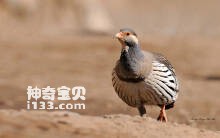
Tetraophasis caucasicus, Caucasian Snowcock, likes to form groups, usually in small groups of 3-5 birds. In areas with high density, large groups of 10-20 and even up to 100 individuals can be seen. Active during the day, from dawn until dusk, often walking up the mountainside to forage until the to...
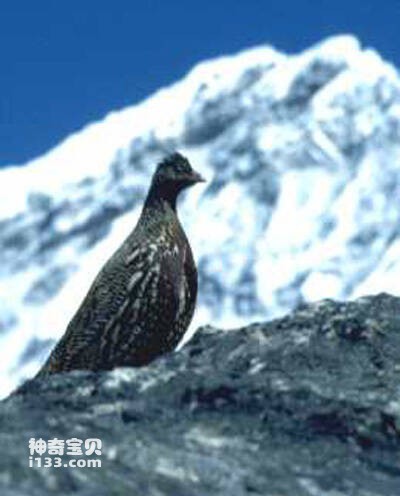
Tetraophasis caspius, Caspian Snowcock, eats seeds and plants. During the non-breeding season, they form small colonies. The nest is built on the ground, laying 6-9 eggs at a time, which are green and hatched by the female.Listed in Appendix I, Appendix II and Appendix III of the Convention on Inter...

The Green fowl (Gallus varius) is a foreign name, Green Junglefowl, without subspecies.Green roosters live not far from the coast and valley of the sea, rice fields and the surrounding dry rocky jungle. Standing in the bush all day, leaving only in the morning and at night. In pairs or small groups...
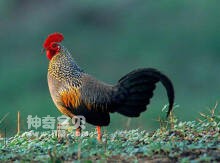
The Grey fowl (Gallus sonneratii) is known as Grey Junglefowl and has no subspecies.Grey roosters, like many pheasants in the tropics, forage for food only in the morning and evening. Hiding in the woods during the hottest hours. On cloudy days, however, activities are held throughout the day. The b...
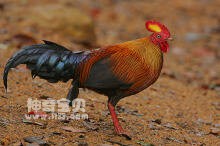
The black-tailed fowl (Gallus lafayetii) is Ceylon Junglefowl, no subspecies.The black-tailed pheasant is a species of pheasant, but is most similar in appearance to the grey pheasant and pheasant. The black-tailed pheasant, like the green pheasant, is an island species, evolving alongside predators...
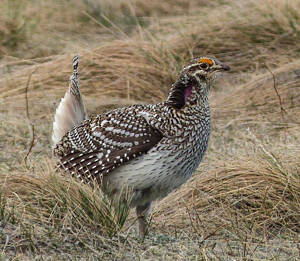
The Sharp-tailed prairie Grouse (Tympanuchus phasianellus) is known as sharp-tailed grouse and has seven subspecies.The pintail prairie grouse is a forest bird, usually hiding in the branches of the pine tree, sometimes people walk nearby, still not moving: in the underforest brush slowly, when frig...
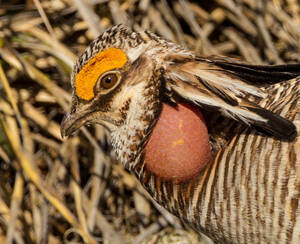
The Lesser Prairie-chicken (Tympanuchus pallidicinctus) has no subspecies.The range of the little grass fowl is up to 5 square kilometers for males, and 2.3 square kilometers for females. The fragmentation of local habitats by farming and human construction has put considerable pressure on the range...
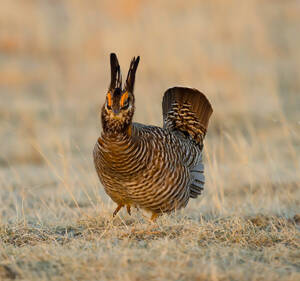
The Prairie grouse (Tympanuchus cupido), also known as Greater Prairie-chicken, has three subspecies.Prairie grouse usually live in a relatively small area of a few hundred acres to cover and meet their food and water needs. If food is in short supply, they can also fly several miles for food. It is...
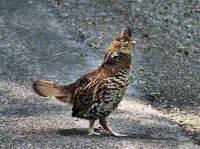
The Ruffed Grouse (Bonasa umbellus) has 15 subspecies.Shawl hazel chicken is a non-migratory bird, is a forest bird, the breeding season is not in groups, other seasons more into small groups of activities, there are 3-4 or 6-7 a group, there are more than 10. Foraging begins at dawn. When looking f...
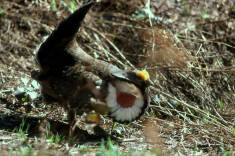
The blue Grouse (Dendragapus obscurus), also known as Dusky Grouse, is a relatively large grouse with four subspecies.Blue grouse tend to form smaller groups in the warmer months and larger groups in the winter, spending most of their time at the top of trees feeding on needles or pine seeds. In sum...
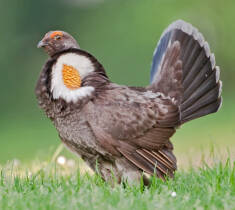
The Sooty Grouse (Dendragapus fuliginosu) is a relatively large grouse with four subspecies.The black grouse is an early adult. These birds live on the ground or in the trees in winter. In winter, it eats mainly the needles of fir and Douglas fir, but occasionally hemlock and pine needles; In the su...
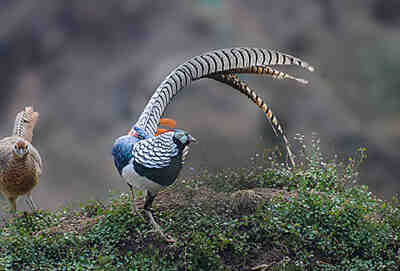
Lady Amherst' s Pheasant, no subspecies.White-bellied caragana roosts in the canopy at night, and moves to the ground and forages during the day, usually wandering in the forest after light. In addition to the breeding season, there are more single, pairs or a male number of females together, an...
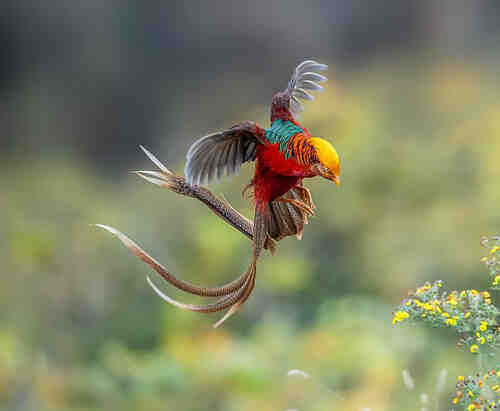
There are three subspecies of Golden Pheasant.Red-belted chickens like to move in groups, especially in autumn and winter, sometimes as many as 30 in a cluster, spring and summer can also be seen alone or in pairs. Sex alert, timid. Hearing and visual sensitivity, a little sound, immediately flee, w...